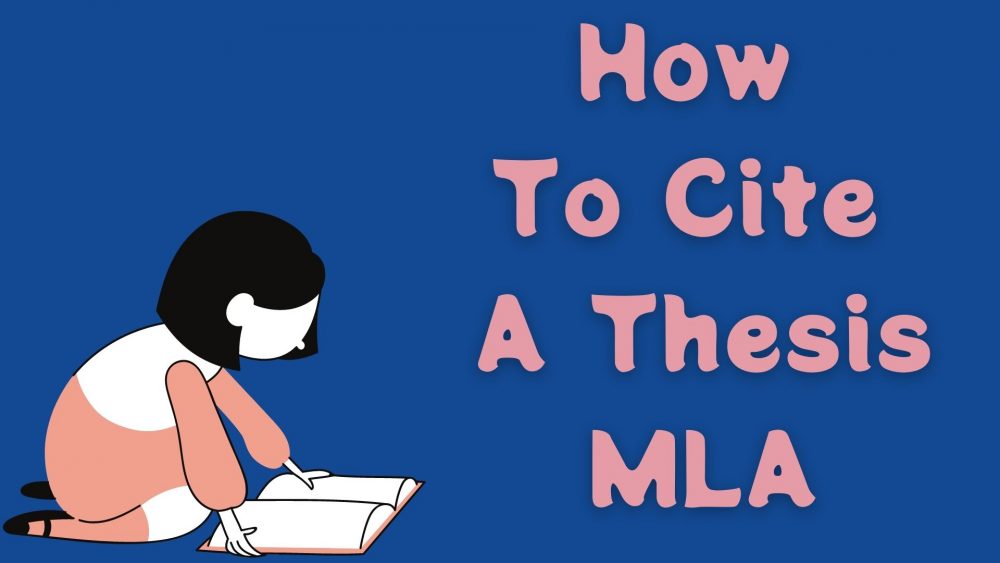What is a term paper? A term paper is a research paper that is given to students to write over the course of the semester. The paper accounts for a large percentage of the student grade at the end of the semester.
It is important to note that there is a difference between a research paper and a term paper. Their main difference is the time at which they are assigned to the college students. A term paper should be submitted at the end of the school semester while a research paper can be assigned at any time during the semester and the time to submit is not specifically at the end of the semester.
So, What Is The Purpose Of Writing A Term Paper?
To track and evaluate students understanding about a course, lecturers or instructors test the knowledge of the students with a research paper at the end of a school semester. The document might be a scientific report or a deep discussion of a given topic. Writing a good term paper demands extensive research and expert level in technical writing. As this document is a reflection of a student’s understanding of a particular course, it must be perfectly written, contain deep analysis, and well researched academic document.
Now, let us dive into the writing process in this easy to read and understand article.
How To Start A Term Paper
The first step in writing a high-quality term paper is understanding and following the instructions given by the lecturer. You should then plan by allotting time every day to work on your topic, this will protect you from the last-minute rush that results in a poorly written paper. Before submitting the final copy of the term paper you should make a point of ensuring that it is of the right format and contains no grammatical or syntax errors. You should also check if the term paper title and the content in the document answer the research question.
The term paper title should be an area that evokes an interest in scholars and researchers. It should be an area that has not been over-researched and the information in the term paper fills a knowledge gap on the topic. You should therefore present your argument using well-organized ideas.
Understanding the outline of a term paper, will aid you in creating this academic document, below is a guide on what the outline entails.
Term Paper Outline
The outline of a term paper is crucial as it forms the basis on which you will then frame your ideas and expound on the topic. Most term paper formats are given by the instructors, with the basic structure including an introduction, a body and conclusion. Expert technical writing skills are essential in creating a high-quality paper.
The most common basic outline that most term papers follow includes these parts:
- Cover page– This is the front page of the term paper, it contains your name, your student details, the name of the lecturer and the date you finished working on the document.
- Abstract– This one page long contains the purpose of the study, the reason behind the research question and why you are interested in that topic. An example; if your term paper is about finding out a relation between two ideas, the abstract should describe this using the fewest words.
- Introduction– In this part of the term paper, you should explain the importance of your study and how you plan to bring out your argument.
- Body– The body is the main part of the term paper it contains more information on your research question, available information on the topic and analytical report of the research you have conducted.
- Findings– In this section, you should explain what your research has led you to know about the topic. Have your understanding at the end of the term paper changed from the knowledge you had at the beginning? This section should also compact all the parts of the term paper from introduction to findings. The data collected should answer the question of the research.
An example, if the term paper was to find out whether there is any relation between two ideas the data should support or show why the two ideas are not related.
- Discussion– In this section present a summary of your study from your findings. Finish the discussion by creating an open opportunity for people to further your research, critique or oppose the findings.
How To Write A Term Paper Proposal
Before you start to write on your topic, you should hand in a proposal to the lecturer or instructor, who in turn approves and give a green light to continue with the writing process. A proposal shows that you are in a position to defend your topic to your lecturer. In your proposal include the most recent studies relevant to your topic.
Remember to use the right academic formatting where APA formatting is applied in social sciences such as Business, Nursing, Social work e.t.c.
To reference using APA style include [ Author’s name, the title of the book, Year of publication, the publisher and the location] while MLA format is applied in humanities such as Literature, Philosophy, Religion, Art, Theatre, e.t.c. to reference in this style [ The publication name, date, and the location].
An example of the APA format, Stanely, C. (2018). Does quality medicare affect the mortality rate? In K. Dawn & A. Mathers (ETC.), Understanding health inequalities in Algeria (pp. 97–106). Amsterdam, London: University Press.
The citation of the document should be properly done per the instructions from the professors. In-text citations should be correctly included and a reference page at the end. Remember to clarify any points that are not clear with your instructor.
The proposal should contain a title, objective of the study and the relevance of your study.
Term Paper Writing Help Near You
If you have never written a term paper before, the internet is filled with examples of term papers which you can follow the formats to act as a guide in writing of the term paper. You can also find cheap, expert writers for hire to help you produce a high-quality research paper.
Now that you have an insight on how to write a term paper, why don’t you give it a try by coming up with one by yourself? Stay tuned to our blog for more guidance on writing various academic documents.












